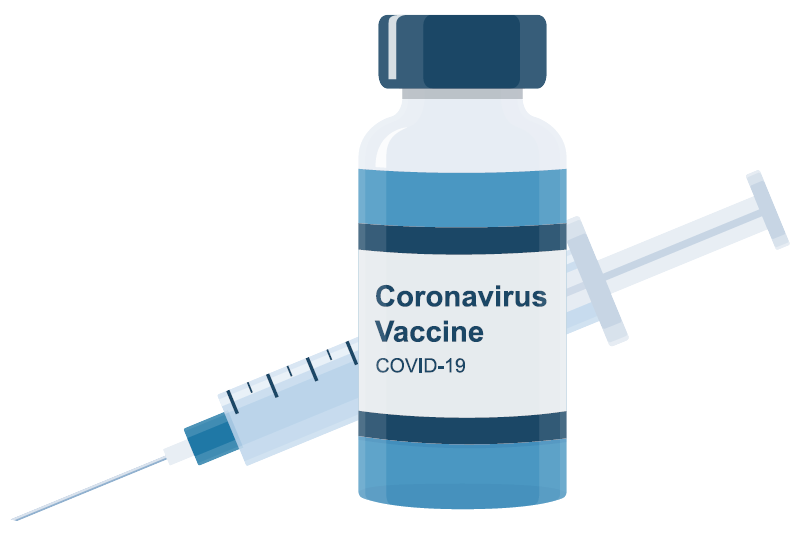Developing a Pan-Coronavirus Vaccine
Protection sought against SARS-CoV-2 variants and future coronavirus outbreaks. Cheryl Guttman Krader reports.

Cheryl Guttman Krader
Published: Thursday, March 31, 2022

Protection sought against SARS-CoV-2 variants and future coronavirus outbreaks. Cheryl Guttman Krader reports.

Published: Thursday, March 31, 2022
